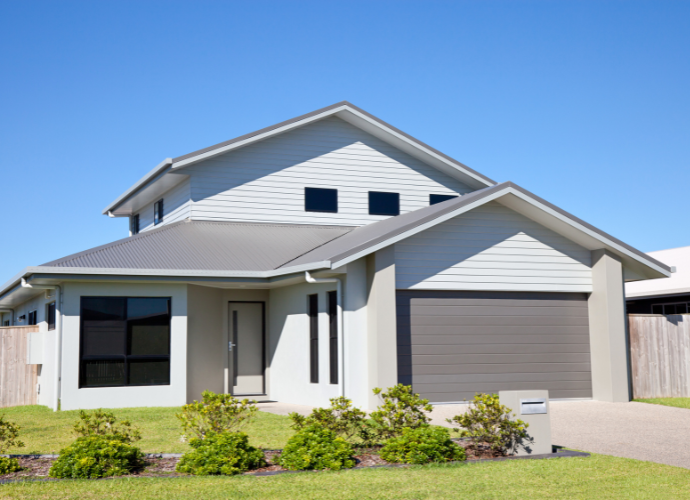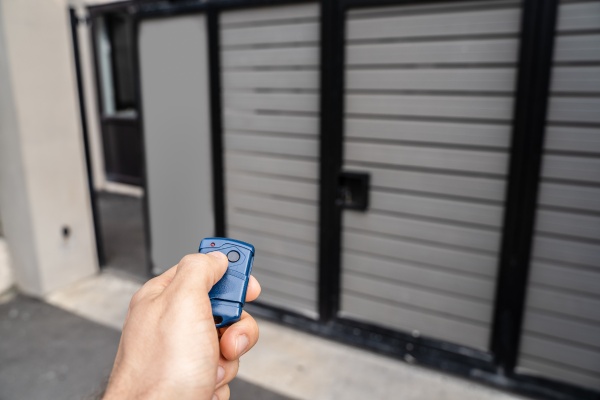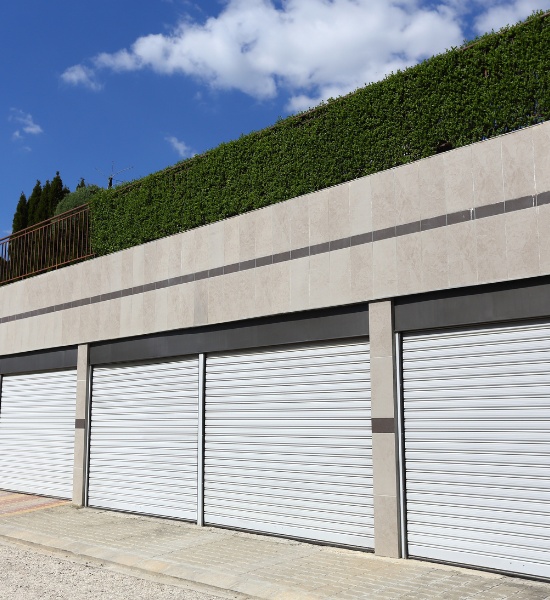Is your garage letting in unwanted drafts, pests, or even rain? A worn-out garage door seal can be the culprit. This comprehensive guide will walk you through everything you need to know about replacing your garage door seals, saving you money on energy bills and protecting your home from the elements. Let's get started!


What are Garage Door Seals?
Garage door seals, also known as weatherstripping, are essential components that create a tight seal between your garage door and the floor, walls, and header. These seals are typically made from rubber, vinyl, or foam materials and come in various thicknesses and shapes to suit different garage door types. Choosing the right seal is crucial for optimal weather protection and energy efficiency. Selecting the correct material and size will ensure a proper fit and maximum effectiveness.
Why Replace Your Garage Door Seals?
Replacing worn garage door seals offers numerous benefits. Improved insulation significantly reduces energy loss, leading to lower heating and cooling costs. Effective seals prevent drafts and moisture from entering your garage, protecting stored items and preventing damage from humidity and temperature fluctuations. Additionally, new seals minimize noise pollution from outside, creating a quieter and more comfortable garage environment. By addressing these issues, you'll also improve the overall longevity of your garage door and reduce the risk of costly repairs down the line. The improved energy efficiency makes a difference in your overall carbon footprint as well.
Spotting the Signs: When Your Garage Door Seals Need Replacing
Several telltale signs indicate it's time for a garage door seal replacement. Obvious cracks or tears in the existing seals are a clear indication of damage. If you notice drafts entering your garage, especially around the door perimeter, it's a strong signal that your seals are compromised. Similarly, if you see insects or rodents entering your garage, worn seals might be the entry point. Don't ignore these subtle clues, addressing them promptly will prevent larger, more costly problems later. Regularly inspect your seals to maintain optimum performance and catch these issues early.
Measuring for Success: Getting the Right Seal Size
Accurate measurements are critical for a perfect seal fit. Use a measuring tape to determine the length and width of your existing seals. Pay close attention to the thickness, as this determines how well the seal compresses against the door and the floor. If you're unsure about the measurements or the type of seal needed, consulting with a garage door professional is a good idea. This is particularly important for non-standard garage door configurations. Detailed and accurate measurements are key to a successful installation.
Exploring Your Options: Types of Garage Door Seals
Various garage door seal types cater to different needs and preferences. Bottom seals, often made of rubber, are the most common type, sealing the gap between the bottom of the door and the floor. Top and side seals offer additional weather protection by sealing the gaps along the top and sides of the door. Each type has unique advantages and disadvantages concerning durability, weather resistance, and installation ease. Choose the type that best suits your garage door and climate conditions. Consider factors such as material, flexibility, and ease of installation when making your selection.
DIY Installation: A Step-by-Step Guide
Replacing garage door seals is a manageable DIY project for many homeowners. Begin by cleaning the existing seal area thoroughly. Remove the old seal carefully, taking care not to damage the garage door. Apply adhesive according to the manufacturer's instructions, ensuring even coverage on both the seal and the door surface. Carefully press the new seal into place, making sure it adheres evenly and completely. Take your time; a well-installed seal will offer superior protection and performance. Having a second person assist with installation can also make the job easier.
Budget Breakdown: DIY vs. Professional Installation
The cost of garage door seal replacement varies depending on whether you opt for a DIY project or hire a professional. DIY installation is generally more budget-friendly, with costs primarily associated with the seal materials. Professional installation involves additional labor charges but ensures a proper fit and minimizes the risk of mistakes. Consider your skill level and available time when deciding between the two options; Weigh the cost savings against the potential benefits of professional expertise.
Extending the Life of Your Seals: Maintenance Tips
Regular maintenance significantly extends the lifespan of your garage door seals. Periodically clean the seals with a mild soap and water solution to remove dirt and debris. Inspect the seals regularly for cracks, tears, or other signs of wear. If you notice any issues, address them promptly to prevent further damage. Proper maintenance will help maintain the efficiency and longevity of your garage door seals, saving you money and time in the long run. A little preventative care goes a long way.
Selecting Superior Seals: Tips for Choosing High-Quality Materials
When selecting replacement garage door seals, prioritize high-quality materials. Rubber seals offer https://telegra.ph/Conquer-Edmontons-Winter-Wonderland-Unforgettable-Snowshoeing-Trails-in-2025-05-01 excellent durability and weather resistance. Vinyl seals are also a good option and often provide good value. Consider the climate in your area when making your selection. A high-quality seal will withstand the elements and provide long-lasting protection for your garage. Look for seals that are specifically designed for exterior applications and have excellent weather-resistance properties.
Rigid vs. Flexible: Understanding Seal Types
The choice between rigid and flexible garage door seals depends on your specific needs. Rigid seals provide a robust barrier, offering superior protection against drafts and moisture. Flexible seals adapt to minor imperfections in the door frame, ensuring a tight seal even on uneven surfaces. The best choice depends on the condition of your garage door and its frame. Assess your garage door to determine which seal type will best meet your needs.

Weatherproofing Your Entire Garage: Beyond the Door
While focusing on the garage door seals is essential, remember that comprehensive weatherproofing goes beyond just the door. Inspect and seal any gaps or cracks in the walls and ceiling of your garage, paying particular attention to areas where pipes and wires enter the structure. By addressing these areas, you will enhance the overall insulation of your garage, reducing energy consumption and creating a more comfortable space. Caulk or foam sealant are excellent options for this type of maintenance.
Frequently Asked Questions
What materials are best for garage door seals?
Rubber and vinyl are popular choices for garage door seals due to their durability and weather resistance. Foam seals are also suitable but may not last as long in harsh weather conditions. The best material depends on your climate and budget. Consider the longevity and weather-resistance properties of different materials when making your selection.
How can I tell if my garage door seal is damaged?
Look for visible cracks, tears, or gaps in the seal. Feel for drafts around the perimeter of the garage door. If you notice insects or pests entering through the gap under the door, it's a sure sign that your seals need to be replaced. Regularly inspect your seals for early signs of damage to prevent bigger issues.
Can I install garage door seals myself?
Yes, installing garage door seals is a DIY-friendly project. However, ensuring proper measurements and using the correct adhesive is crucial for a successful installation. If you're unsure about the process, seeking assistance from a garage door professional might be advisable. It’s a relatively straightforward task, but attention to detail is important.
How often should garage door seals be replaced?
The lifespan of garage door seals depends on factors like weather conditions, usage frequency, and material quality. As a general guideline, expect to replace your seals every 3-5 years. If you notice any damage, replace them sooner to maintain optimal garage door performance. Regular inspections are key to ensuring long-term effectiveness and preventing potential problems.
In conclusion, replacing your garage door seals is a worthwhile investment that yields significant benefits in terms of energy efficiency, weather protection, and reduced noise pollution. Whether you choose a DIY approach or enlist professional help, remember that a well-sealed garage door contributes to a more comfortable and energy-efficient home. Don't wait until it's too late – take action today and protect your garage!